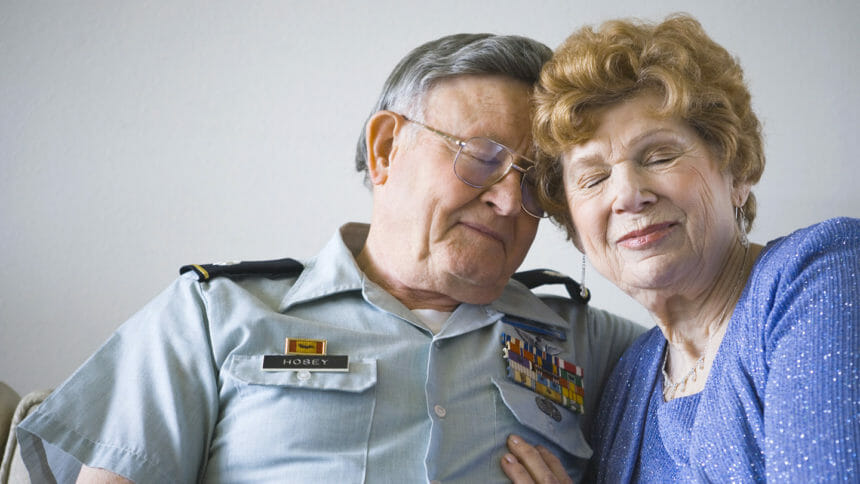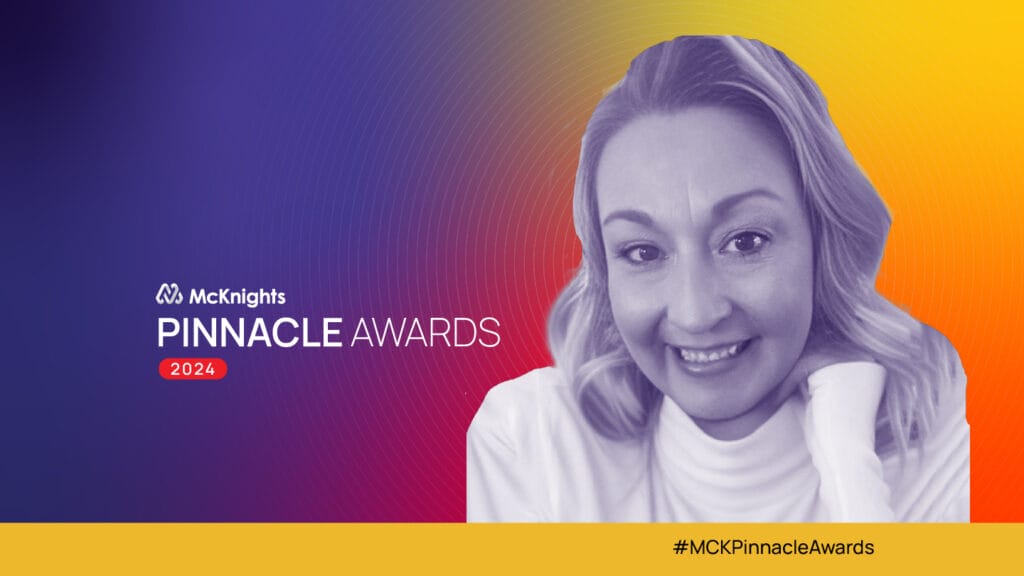
Home care firms looking to change their payer mix are increasingly considering public programs, such as Medicaid and the Veterans Administration. But experts warned of the promise and pitfalls of both programs at the Home Care Association of America Annual Conference in Orlando this week.
Billions of federal dollars funneled into home- and community-based services during the COVID-19 pandemic have made state Medicaid programs a more attractive option for many providers who rely solely on private pay. The American Rescue Plan Act provided more than $12 billion in funding to states through a 10% increase in Federal Medical Assistance Payments (FMAP) to states, allowing many Medicaid programs to boost payment rates to home care providers.
But much of that funding will sunset at the end of the COVID-19 public health emergency, warned Esme Grewal, vice president of government relations for HCBS provider BrightSpring Health.
“What we are trying to get across to policymakers is that we need to address that now,” Grewal told the audience. “We can’t wait for a cliff. We need to make sure that we are making more permanent funding available.”
Additional funding could come via the Biden administration’s Build Back Better program, which would provide another $150 billion to home- and community based services. The plan failed in the Senate at the end of last year, but the administration is hoping to resurrect it.
The Veterans Health Administration, though smaller than state Medicaid programs, might offer providers a bit more certainty. The VA is planning to expand its veteran-directed care program to 70 more veteran health centers across the U.S. over the next five years, according to Cheryl Schmitz, deputy executive director of VHA Geriatrics and Extended Care Program. Veteran-directed care allows vets to access home care provided by local agencies with the aid of counselors. Schmitz said the expansion of the program will increase the need for more home care providers.
“From the VA perspective, we want as many vendors in the network as we can possibly get because we recognize that there are many veterans and there just aren’t the healthcare workers out there,” Schmitz said.
Still, Schmitz acknowledged navigating the program can be difficult because third-party administrators of HCBS programs for the VA sometimes aren’t familiar with what home care agencies provide.
“They may see that they have a lot of skilled nursing agencies, for example, and what you potentially have are homemakers, home health aides,” Schmitz explained. “The reality is, you may have gotten lumped into the bucket where there may have been enough [skilled nursing] providers.”
Schmitz advised home care firms to reach out to regional VA medical centers to educate them on the services they offer.



